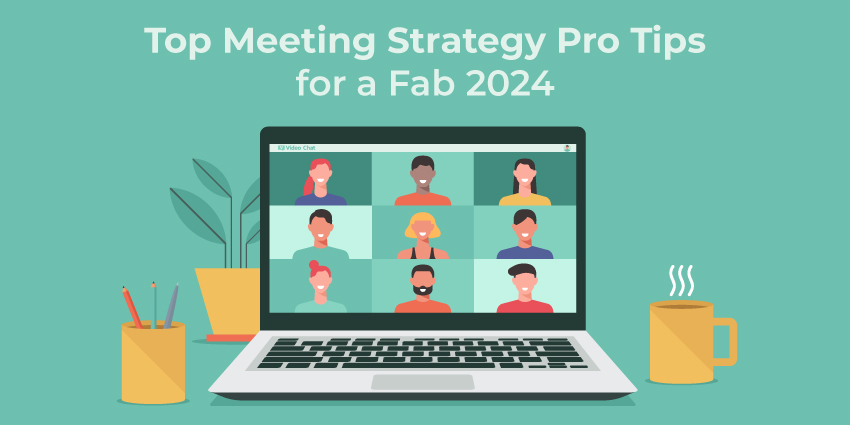What is CPM? Cost Per Mille
What is CPM and Why Does It Matter?

What is CPM? It’s a common question for budding marketers and business owners. CPM, or Cost per Mille is form of paid advertising solution where a company pays for every 1000 impressions gained on their ad campaigns.
Knowing how “CPM” works, and how it differs from other forms of ad acquisition strategies (such as CPA or CPC) is an important step in making sure you make the most of your ad budget.
Using CPM correctly tells you how much money you may need to invest in your ad campaigns when you’re promoting your business across affiliate networks. Social sites like Facebook, and the Google Display Network are both reliant on CPM solutions too.
Here’s what you need to know about CPM.
What is CPM? Defining CPM
CPM, or “Cost per Mille” is just one of the many methods used by affiliate and advertising networks to price online promotional strategies. “Cost per Mille” simply translates to “Cost per thousand”, which is the number of impressions you’ll pay for with this structure.
An “impression” in advertising refers to when someone sees an advertising campaign placed on the paid network. The person doesn’t necessarily need to interact with the ad or click on anything to be counted as an impression.
CPM is a more traditional online marketing metric, focused on improving brand awareness or reach. It’s an alternative option to pricing solutions like:
- CPC: Cost per click, wherein a business is required to pay whenever someone clicks an ad.
- CPA: Cost per acquisition, where a business pays whenever an ad converts a prospect.
CPM is often ideal for social and online marketing strategies focused on highlighting brand recognition and delivering specific messages. However, if your focus is on generating conversions and promoting specific products, you may be better suited to CPA or CPC campaigns.
How Does CPM Work?
A CPM campaign works by charging a specific price to a company every time their ad receives 1,000 impressions. Impressions are relatively small units of measurement in marketing, because hundreds of people can see your ad in in a matter of seconds in some locations.
Typically, CPM is advised as a top-of-funnel strategy, helping advertisers to gain a endless attention from a large audience with a small budget. CPM is usually less expensive than CPC or CPA promotion, though the price you pay depends on where you show your ads.
CPM campaigns can also be useful for:
- Boosting credibility: The more people see your ads and business name, the more familiar they become with your brand. CPM campaigns help to raise awareness, which makes your company look more established and reliable.
- Accessing relevant leads: Companies can refine their targeting options with most CPM solutions, so you reach only the most significant potential customers. CPM strategies can lead to thousands of potential sources of traffic and conversion.
- Generating buzz: If the advertisement or content connected to a CPM campaign is high-quality, it can help to generate conversations about a brand. The more people talk about the company, the more its conversion chances will grow.
Because CPM strategies are so broad, they’re less likely to appeal to smaller, niche companies trying to appeal to specific subsets of the population. They may also be less effective for you if you’re looking for quantifiable (dollar-based) results to back up your marketing spend.
How Do Companies Use CPM Campaigns?
Typically, CPM campaigns aren’t intended to be used on their own as the only tool for generating sales and conversion in a brand strategy. Digital marketing campaigns often compromise of multiple methods through various stages of the “customer journey” all intended to move your customer through the funnel and increase opportunities.
Companies often use CPM campaigns a the top of the funnel, in the early stages when they’re trying to build awareness or recognition for their brand. The focus is on collecting a large amount of potential traffic for a brand message.
To ensure a successful CPM campaign, companies need to:
- Have a clear vision: A good understanding of what your goal is (awareness or recognition) and how much you’re willing to spend on achieving the right outcome is essential. A strong CPM strategy will also include a clear step-by-step plan on what to do after someone sees your campaign. What other ad campaigns will you be running to continue nurturing leads?
- Choose the right ad network: The right CPM ad network will depend on a number of factors, including where you’re most likely to reach your target audience, and how much of a budget you have. Top ad networks include options like Google AdSense, Facebook and Media.net. Each has its own benefits to offer.
- Target the right customers: CPM ads work best when you’re targeting the correct people. Refined targeting and segmentation ensure you’re not casting too wide of a net, which could lead to the wrong traffic visiting your website.
- Use the right tools: Marketing tools and software will help you to track your CPM campaigns, and align their results with other parts of your marketing strategy. With the right software, you should be able to see each stage of your customer’s journey, and how your CPM strategy eventually contributes to conversions.
- Create the right ads: Powerful ad campaigns are essential to CPM campaigns. Since the focus is on getting your customer’s attention, a valuable message or visual is often key. People need to remember the brand after they see the ad.
- Use a consistent strategy: Having a strategy for how you’ll make the most of your CPM campaign is usually a good idea. You might want to check for things like how frequently your customers see your ads, to ensure you’re not overwhelming your audience. You can also use A/B testing to test the outcome of different ad copy and CPM assets, like social proof.
Like most paid ad campaigns, success with a CPM strategy also requires a constant focus on analysis, and optimisation. You’ll need to track the success of your campaigns, find out what’s working, and what isn’t hitting the market. If you have the right technology or software in place, you should be able to access built-in reporting capabilities for tracking results.
Time to Start Your Own CPM Campaigns?
CPM campaigns can be a valuable tool for advertising teams and businesses. Though they may not ensure conversions on their own, a CPM strategy can expand your brand reach and bring more valuable traffic towards your business.
The key success is learning how to use your CPM method correctly, alongside other effective tools in your plan for lead capturing, nurturing, and conversion.




